I’m in two minds about Google’s latest offering – the Pixel 7a. On one hand, the smartphone improves upon the Pixel 6a in more ways than one. What’s more, it undercuts the flagship Pixel 7 by a healthy margin. Even so, the smartphone offers more or less the same experience as its pricier sibling.

On the other hand, buyers shopping for smartphones overseas, particularly in Asian markets, are spoilt for choices. And, having tested the cream of the crop in said markets, I will admit, the Pixel 7a left me wanting for a lot more. So, what gives? Is the smartphone a good buy? Or should you spend your hard-earned bucks elsewhere? I’ll try to answer that and more in this review.
Design
Google isn’t reinventing the wheel in the design department and the Pixel 7a takes its design cues from the Pixel 7. To that end, the company has done a remarkable job and the Pixel 7a feels every bit as premium as its pricier sibling. Now, Google did cut some corners here but you’ll have to pixel-peep (no pun intended) to appreciate the differences between the two phones.

To that end, the Google Pixel 7a is made in parts using plastic and metal. The back of the phone is made up of polycarbonate and the company has incorporated a glossy finish to spruce up the aesthetics.
The smartphone’s frame and the camera visor, on the other hand, utilize aluminum for their construction. All said and done, the Pixel 7a feels quite premium to the touch. The device imparts a dependable in-hand grip too, which can be attributed to the frame’s chamfered edges and rounded-off corners.
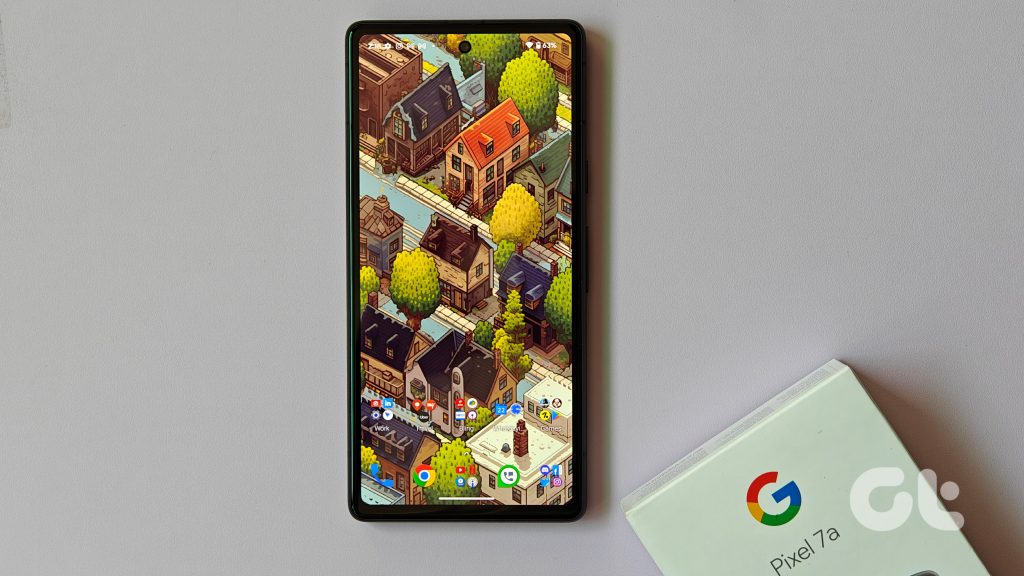
That’s not all, as the phone comes in a handful of colorways. These include Coral, Sea, Charcoal, and Snow. Now, I would’ve snagged the Coral colorway in a heartbeat as I am fond of phones with peppy hues. But, you can pick up the device in a Charcoal colorway if you want it to fly under the radar. Regardless, the Pixel 7a is a looker and I really like the way new-age Pixels have taken shape.
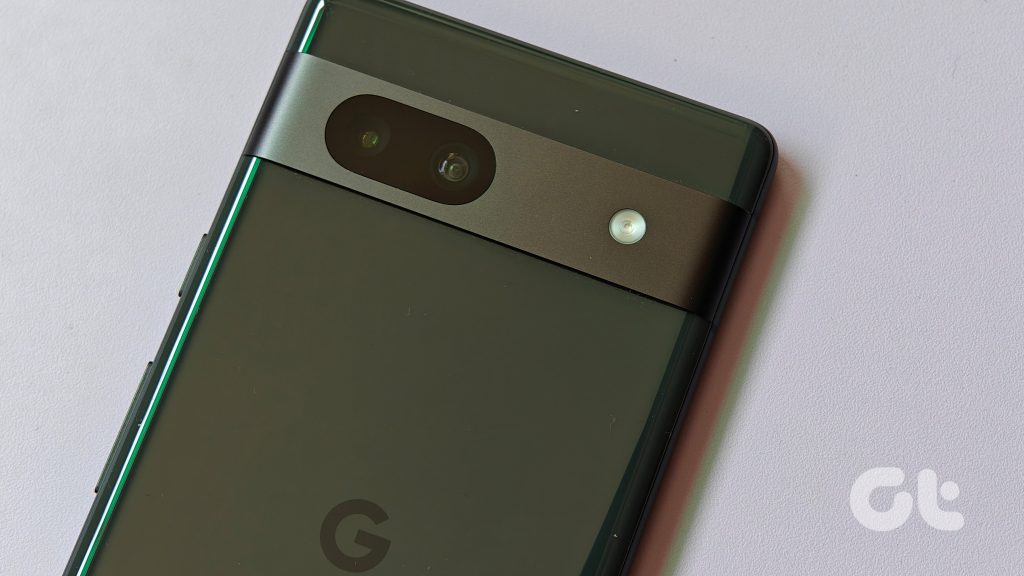
On that note, the device stands out in a sea of phones with similar-looking camera modules. It’s hard to find a fault with the colorways too, which look tasteful and attractive. Of course, the design of a smartphone is quite subjective so you may not echo the same sentiments.
That said, the Pixel 7a is irrefutably the most comfortable phone to use day in and day out. So much so, buyers looking for a compact Android handset will be hard-pressed to find a better phone in the Pixel 7a’s price range.
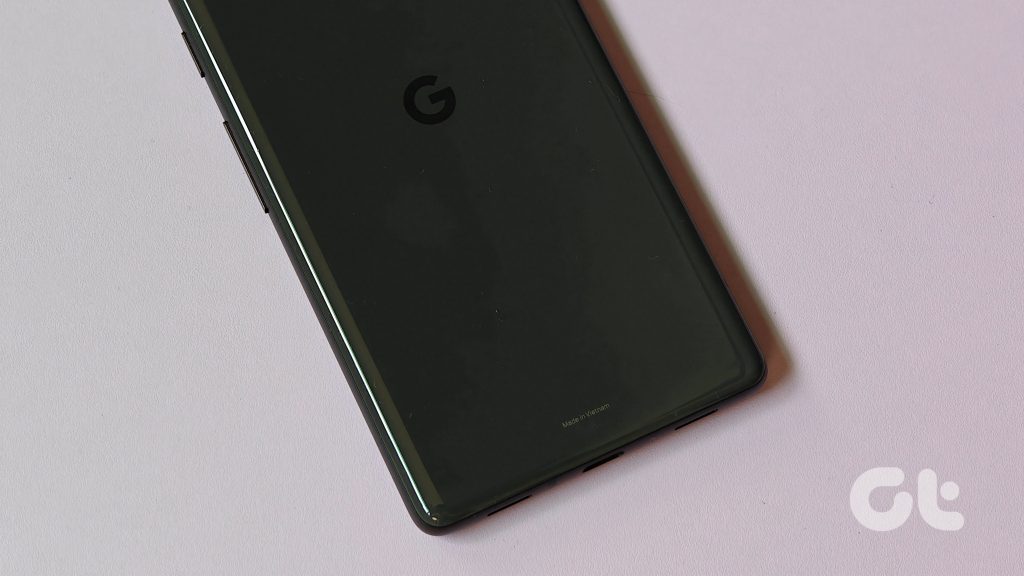
To run some numbers by you, the Pixel 7a is backed by a 6.1-inch display, which dwarfs in comparison to the Samsung Galaxy A54 5G’s 6.4-inch screen and the OnePlus 11R’s 6.74-inch display.
What’s more, the smartphone is the lightest of the lot at 192 grams too. Add to that, the smartphone’s camera visor is noticeably slimmer too, which can be accredited to the use of a smaller sensor. Pool everything together and the Pixel 7a hits the nail on the head as far as ergonomics are concerned.
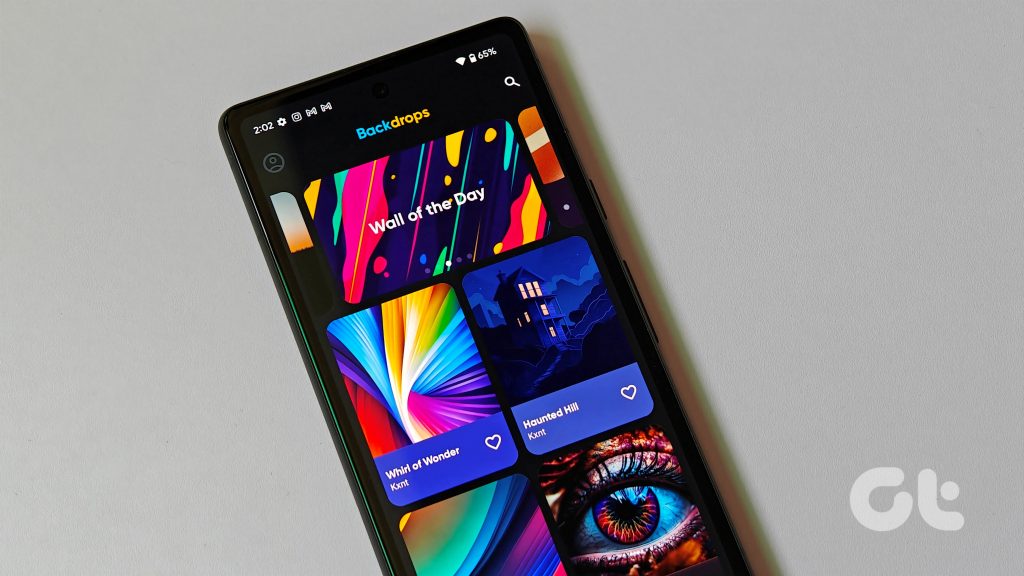
Moreover, the smartphone is fairly robust and it comes with an IP67 rating. So, it should survive a drop in the pool. Heck, it may come out unscathed if you plonk it on concrete, seeing how the back is made up of plastic and not glass. That’s not all, as the display is layered with Corning’s Gorilla Glass 3 as well which should keep scratches and scuffs at bay.
As for I/O, the device features a clicky volume toggle and a power button. The handset makes use of a USB Type-C connector for charging and data transfer, which can be found at the bottom, sandwiched between the speaker grille.
Biometrics, Audio, and Haptics
The lack of facial recognition was a thorn in Pixel 6a’s side. Thankfully, the Pixel 7a comes with facial recognition chops. It even ships with a speedy in-display fingerprint sensor, which worked flawlessly during my time with the phone.
That said, the smartphone’s face ID was a bit of a hit and a miss and I struggled to unlock the phone in dimly lit environments. But, as the old adage goes, something’s better than nothing.

The smartphone’s speaker setup is nothing to write home about either. While the bottom-firing speaker pulls its weight, the earpiece speaker doesn’t get too loud. And, if you watch a lot of videos on your phone, then you’ll find yourself cupping the speaker at the bottom all too often which greatly affects the audio output. Adding salt to the wounds, the Pixel 7a doesn’t come with a headphone jack either, so you will have to use a USB-C dongle, or invest in a pair of Bluetooth earbuds.
On the upside, the Pixel 7a offers superb haptics with meaty and tight feedback. So, if you type a lot on your phone, be it to send emails or message your peers, you will find the Pixel 7a to your liking.
Display
As prefaced previously, the Pixel 7a ships with a 6.1-inch, OLED display. And, unlike the screen on its predecessor, the Pixel 7a’s panel can refresh at up to 90Hz. While you can get similarly-priced devices that come with a 120Hz screen (at least, here in India), the Pixel 7a’s display will suffice for most buyers.
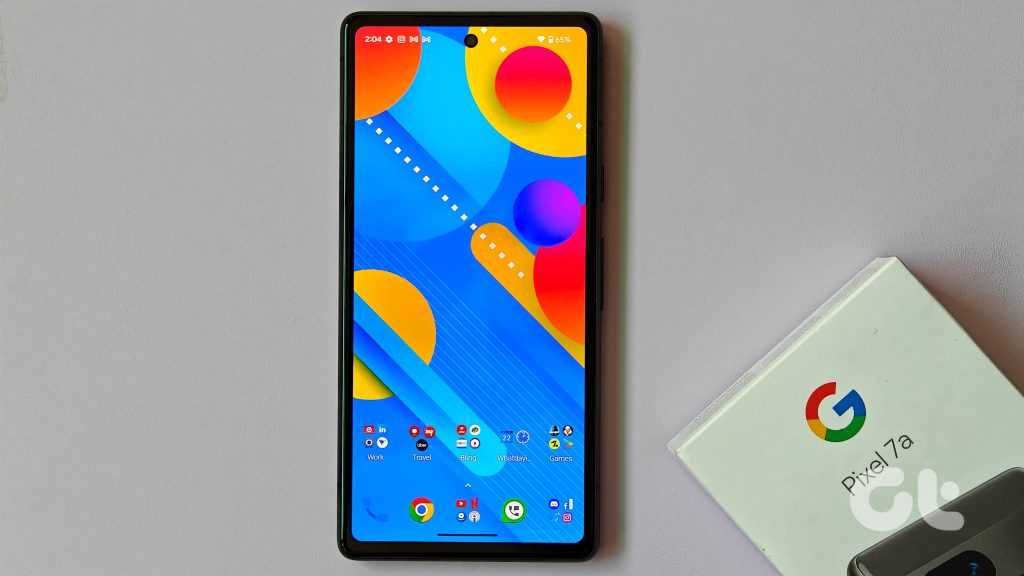
What’s more, the panel can get quite bright and it maxes out at 1,000 nits. As such, you should be able to use the phone when it’s sunny outdoors without any issues. If you watch a lot of movies, then you will revel in the punchy colors overturned by the display too. The display offers deep, dark blacks as well, so shows set in a gloomy setting look particularly vivid on the Pixel 7a’s display.
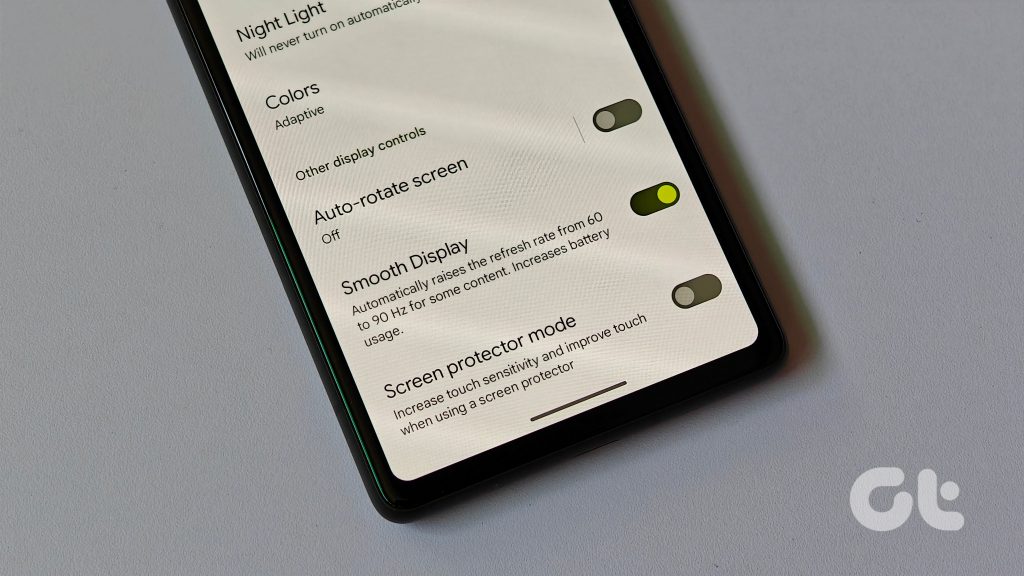
Since we’re on the subject of movies, you’d be glad to know that the Pixel 7a can relay HDR media over OTT services like Netflix. Moving on though, the Pixel 7a lets users choose between two different refresh rate profiles. You can either lock the refresh rate to 60Hz or let the smartphone choose the best refresh rate for a game or an app.
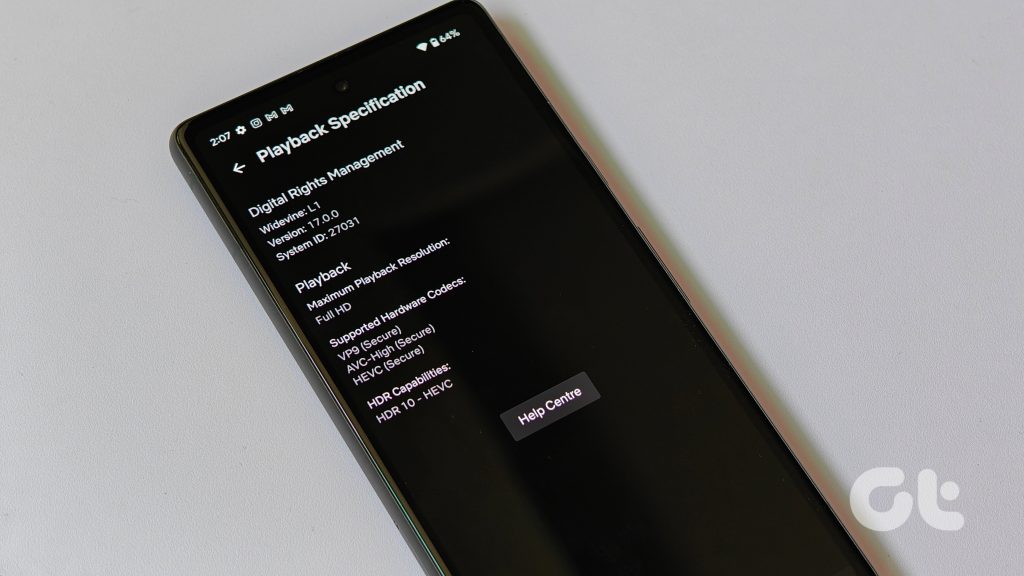
During my time with the phone, the 7a’s refresh rate rarely fluctuated. I did run into some stutters where the UI animations felt noticeably jarring but these occurrences were far and few in between.
You should also know that the phone bumps up the refresh rate when you’re playing high-octane games like CoD Mobile too, which is great.
Performance, Software, and Battery Life
The Pixel 7a is backed by Google’s in-house Tensor G2 SoC which, coincidentally, also powers the Pixel 7 and the Pixel 7 Pro. The processor works alongside 8GB of LPDDR5 RAM and 128GB of UFS 3.1 storage. Now, I have spoken in length about the Tensor G2’s performance chops when I pit it against Qualcomm’s Snapdragon 8 Gen 2 SoC.
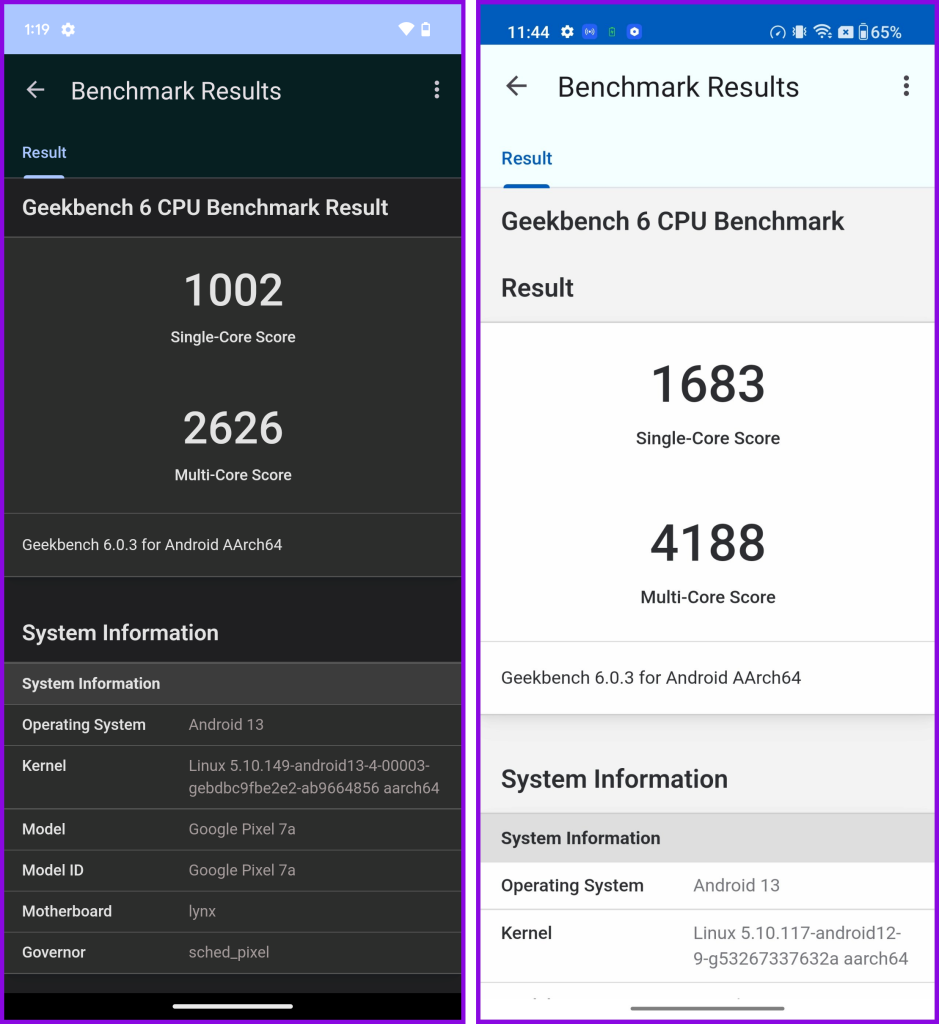
But, to get you up to speed, the Pixel 7a is a decent performer and the smartphone doesn’t feel sluggish. That said, the Pixel 7a cannot hold a candle to competing smartphones with Qualcomm’s 8 Gen-series CPUs.
To give you a better picture, the device overturned 1,002 and 2,626 points in GeekBench’s single-core and multi-core test runs. The OnePlus 11R, which costs the same and is backed by Qualcomm’s 8+ Gen 1 SoC, net 1,683, and 4,188 points respectively.
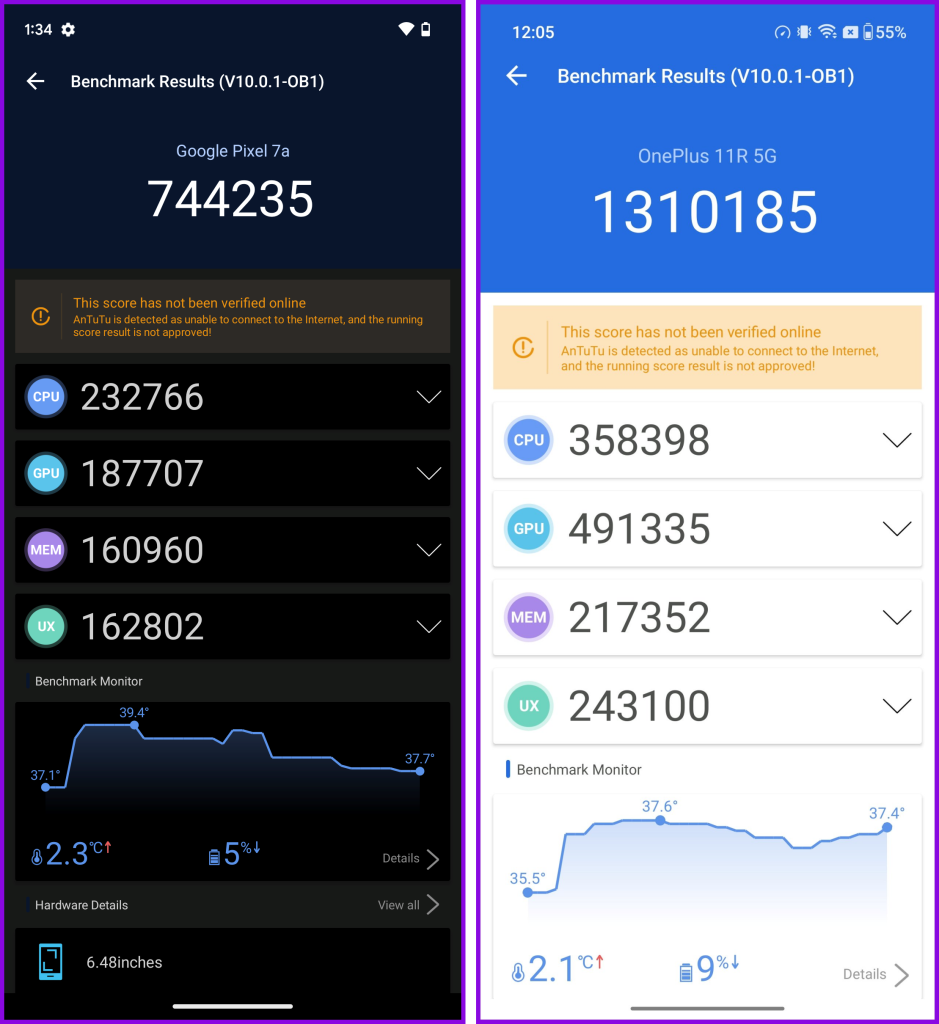
The scenery remains unchanged in the Antutu benchmark too, wherein, Google’s offering put forth 7,44,235 points. The OnePlus 11R, on the other hand, almost doubled the 7a’s score and churned out 1,31,0185 points!
Making matters worse, the Pixel 7a heats up quite a bit. In fact, the device stays perpetually warm to the touch, even when it is idling. Understandably, the phone is more susceptible to thermal throttling too, which is evident if you look at the CPU throttle test scores of the OnePlus 11R and the Google Pixel 7a.
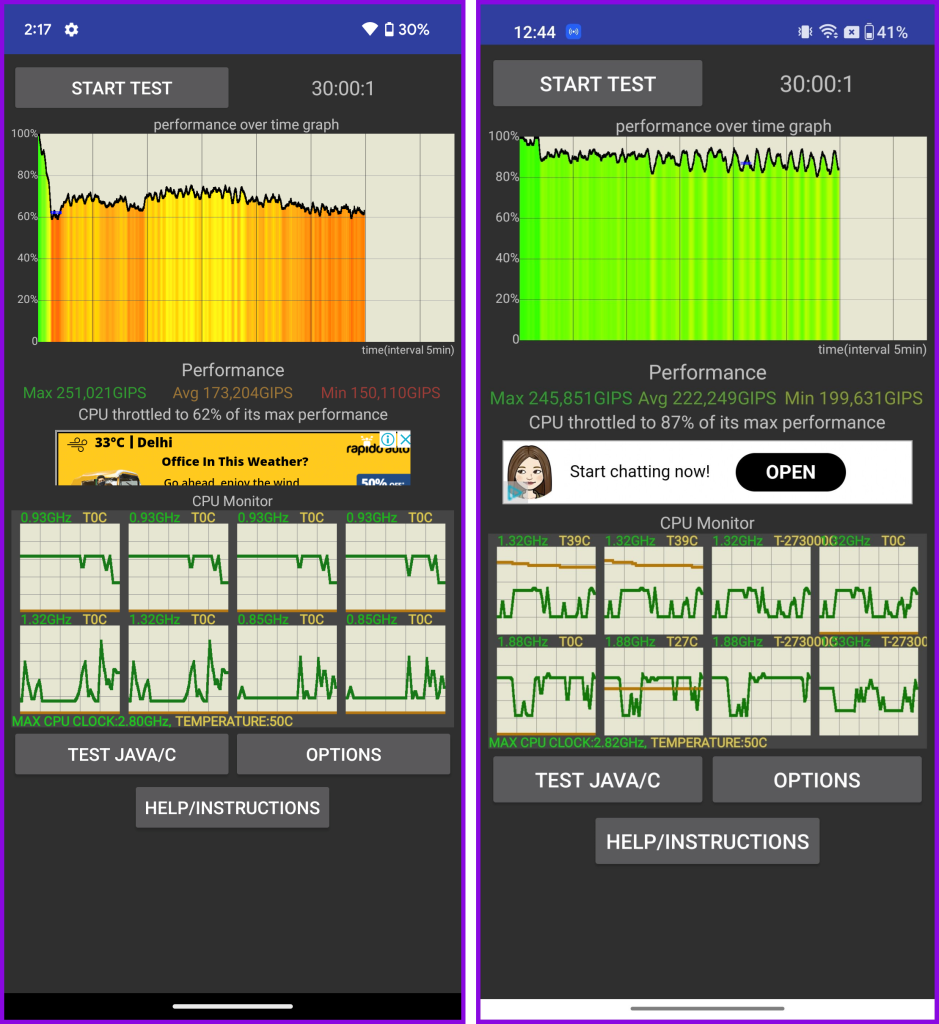
Here, the smartphone averaged lesser instructions per cycle (1,73,204 GIPS) and yet, it throttled to 62 percent of its maximum throughput. The OnePlus 11R, on the other hand, overturned an average of 2,22,249 GIPS and throttled to just 87 percent of its max performance. I could go on and on but I am sure you get the gist.
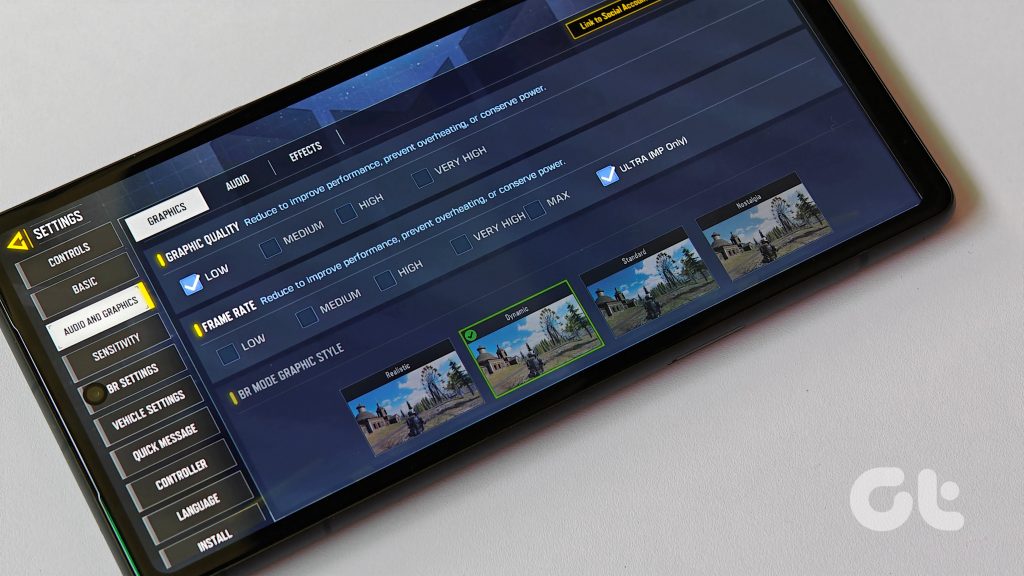
It goes without saying that the device cannot run graphically-demanding titles at 60FPS either. In fact, I booted Genshin Impact on the phone and my experience was marred by stutters and erratic frame drops. Thankfully, you can play lighter titles like CoD Mobile at competent graphics and FPS settings. To that end, the device can run the game at 90FPS.
The same goes for platformers like Grimvalor too, which can also leverage the phone’s 90Hz display. To conclude, the Pixel 7a is a middle-of-the-road performer. While it won’t slow down to catch its breath during routine usage, it will leave avid gamers wanting more.
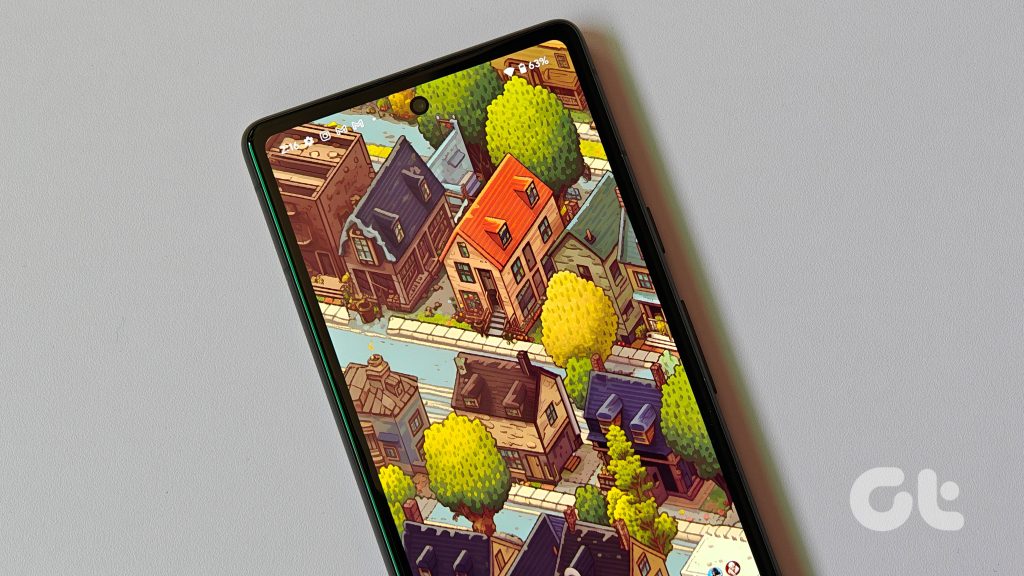
As for software, the Google Pixel 7a boots Android 13 from the word go. The smartphone’s interface is void of any bloatware, which is great.
That’s not all as the smartphone benefits from some standout software features, the likes of which include Magic Eraser and Photo Unblur too. Now, I do wish the company’s software fork would ship with more customization options, including the ability to use third-party icons. But, in the scheme of things, I am really happy with the Pixel 7a’s interface.
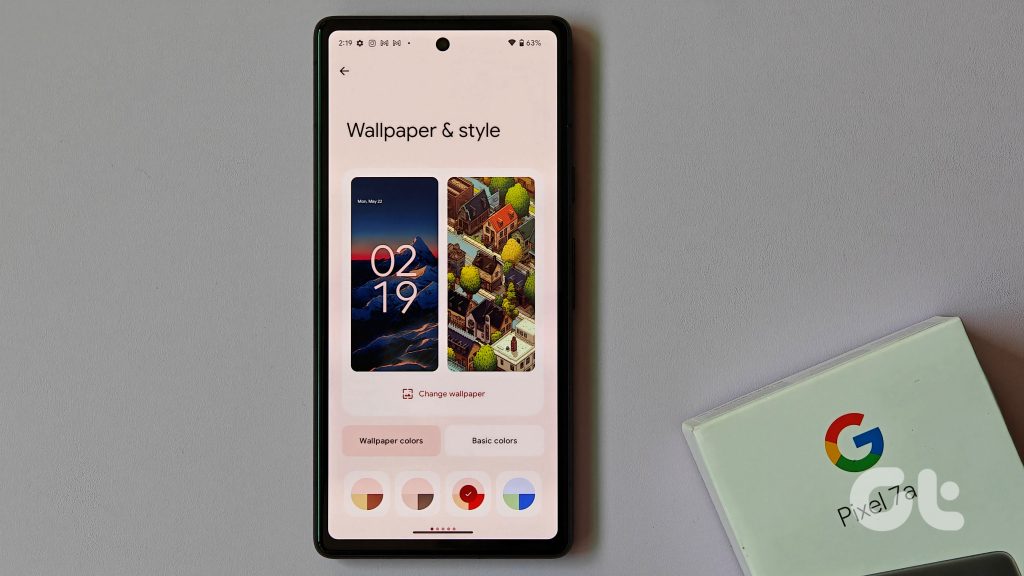
What could’ve been better though, is the smartphone’s battery backup. As of writing this review, I can barely get four hours of screen on time with the Pixel 7a. As such, I have to plug in the phone around 5-6 PM in the evening.
Making matters worse, the smartphone charges as slow as molasses in January and takes a little over one hour and fifty minutes to juice up its 4,385mAh cell.
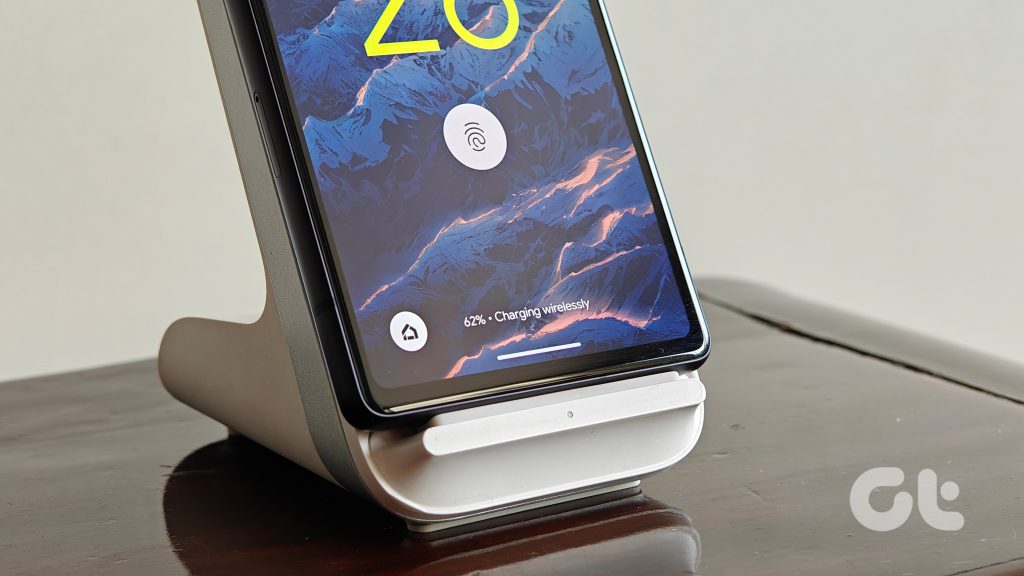
While you can top up the phone wirelessly, Google has limited the 7a’s charging speed to just 7.5W, which is disappointing, to say the least. Needless to say, I was always on the hunt for a power outlet when I was using the phone as my daily driver. As such, I strongly recommend carrying a power bank with you at all times if you do end up buying the phone.
Cameras
Google’s Pixel range is renowned for its cameras and the Pixel 7a doesn’t disappoint in this regard either. Interestingly, the Pixel 7a is backed by a 64MP sensor. Although it might seem a notch above the Pixel 7’s 50MP primary camera, the 7a’s sensor is a tad smaller.
Moving on though, the smartphone also features a 13MP ultrawide angle sensor with a 120-degree FoV. For selfies, the device gets a 13MP selfie camera upfront.

By now, you must be wondering if the Pixel 7a’s cameras are any good. Well, you’d be glad to know that the 7a is a competent camera phone and the device snaps superb images during the day. As is the case with the Pixel 7, the 7a’s images also sway in favor of contrast-y tones, resulting in subtly darkened shadows in a shot.



The photos don’t look too done up, mind you, and the smartphone reciprocates the essence of a shot to a tee. The same is evident if you look at the images I snapped with the device during the day, which exhibit superb details around the edges and the center of the frame.
The phone handles HDR really well too and unlike some competing devices, it doesn’t clip the highlights when you’re clicking photos in overtly bright scenes. What’s more, the 7a clicks remarkably detailed photos of human subjects as well.
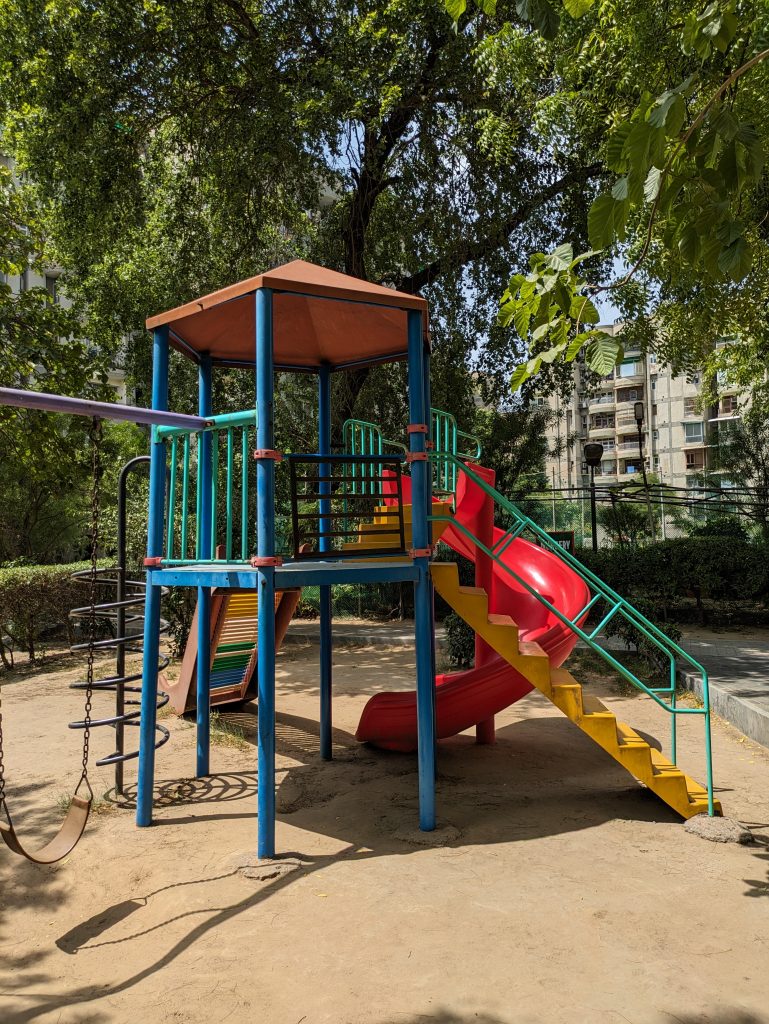
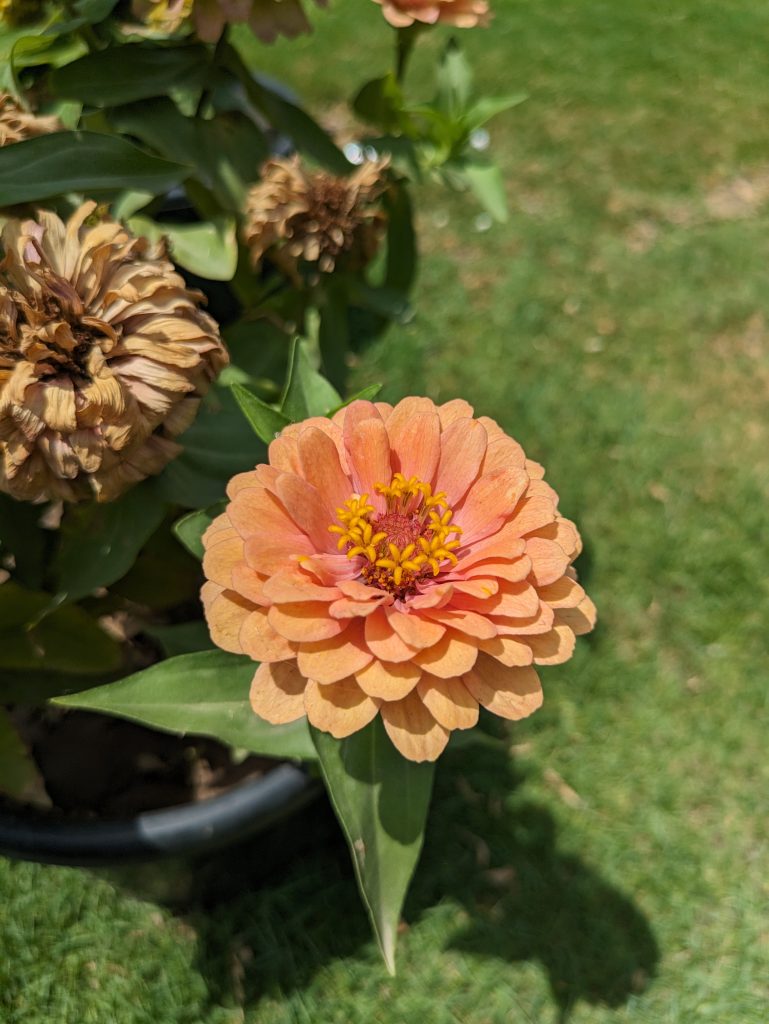
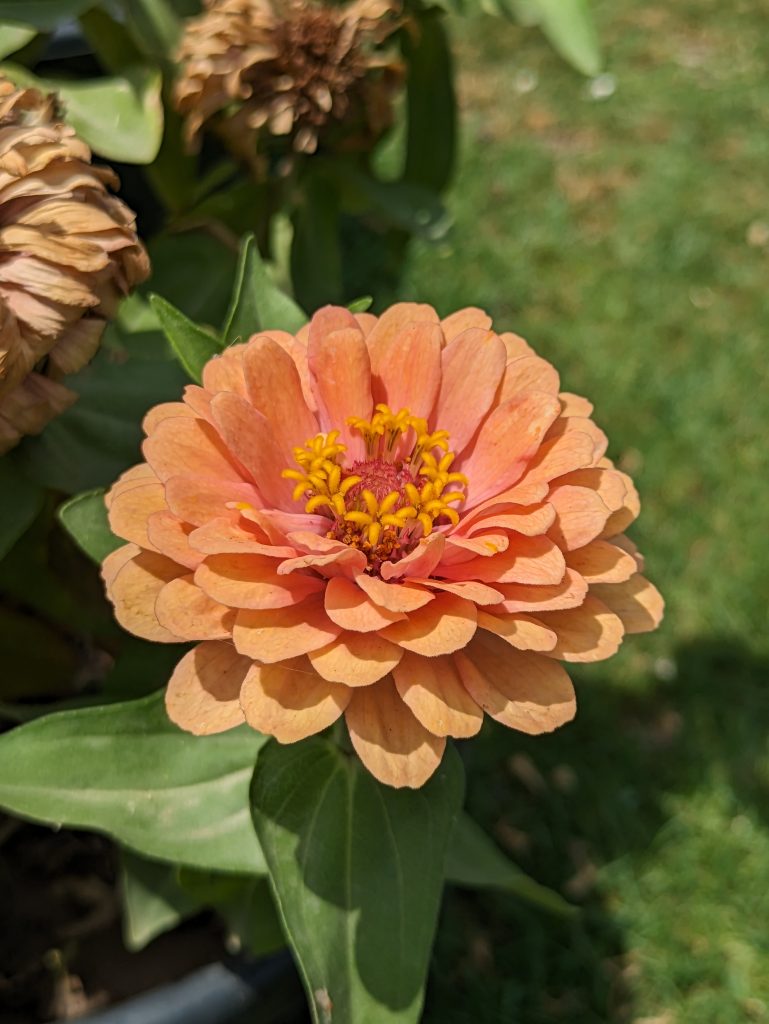
More importantly, the smartphone doesn’t muck up the subject’s skin tone. In fact, the 7a is THE phone to get if you click a lot of photos of your family members and friends. If anything, the 7a struggles to capture detail-laden images after the sun has set. Don’t get me wrong – the photos are serviceable enough and will suffice for Instagram stories. But, upon closer inspection, you’ll notice that the stills are quite soft. The same is true for portrait images too, which lack details and appear over-processed too.
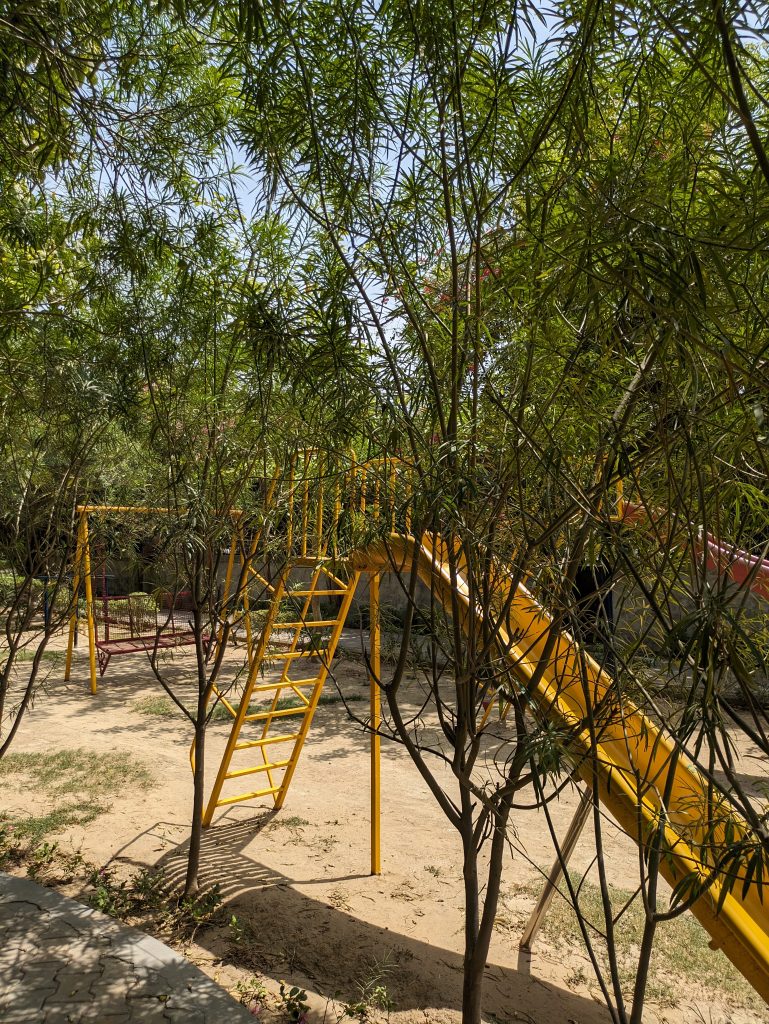
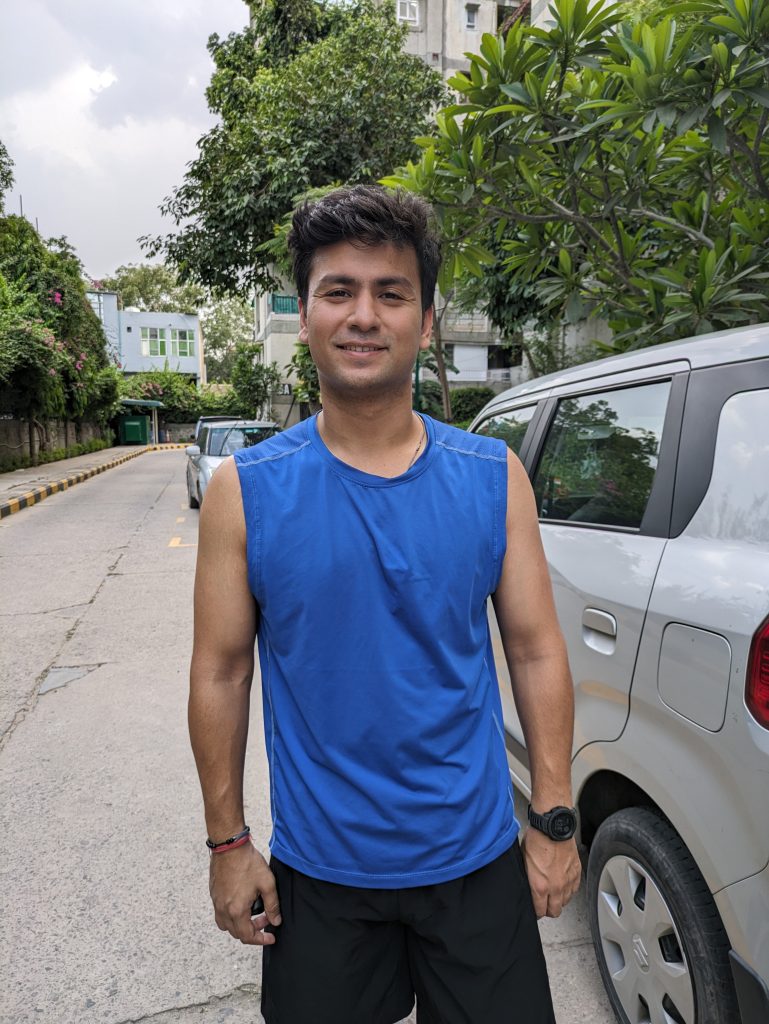

What’s more, while you can shoot good-quality videos with the phone, the smartphone’s Tensor G2 SoC limits the frame rate and the video quality when the device is running too hot (which is almost always).
So, how does the Pixel 7a’s camera setup stack up against say, the OnePlus 11R? Well, both phones play to their strengths. On that note, the Pixel 7a relies on computational photography and overturns more color-accurate photos. The OnePlus 11R, on the other hand, leverages its 50MP Sony IMX 890 sensor to click resoundingly sharp images.
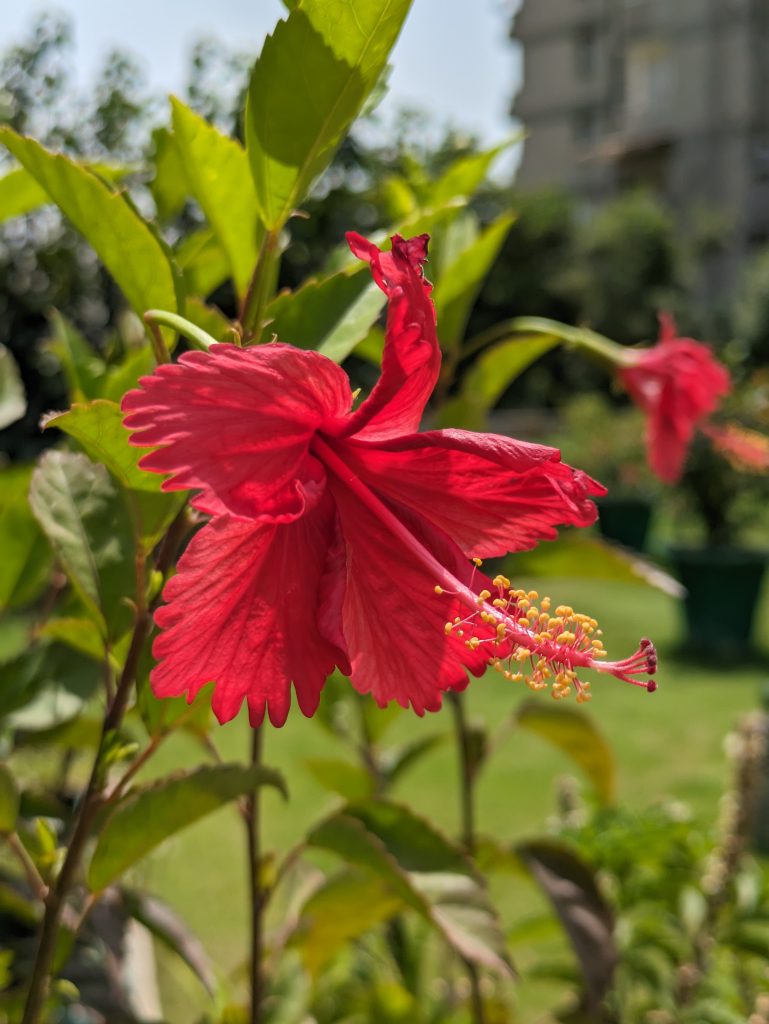
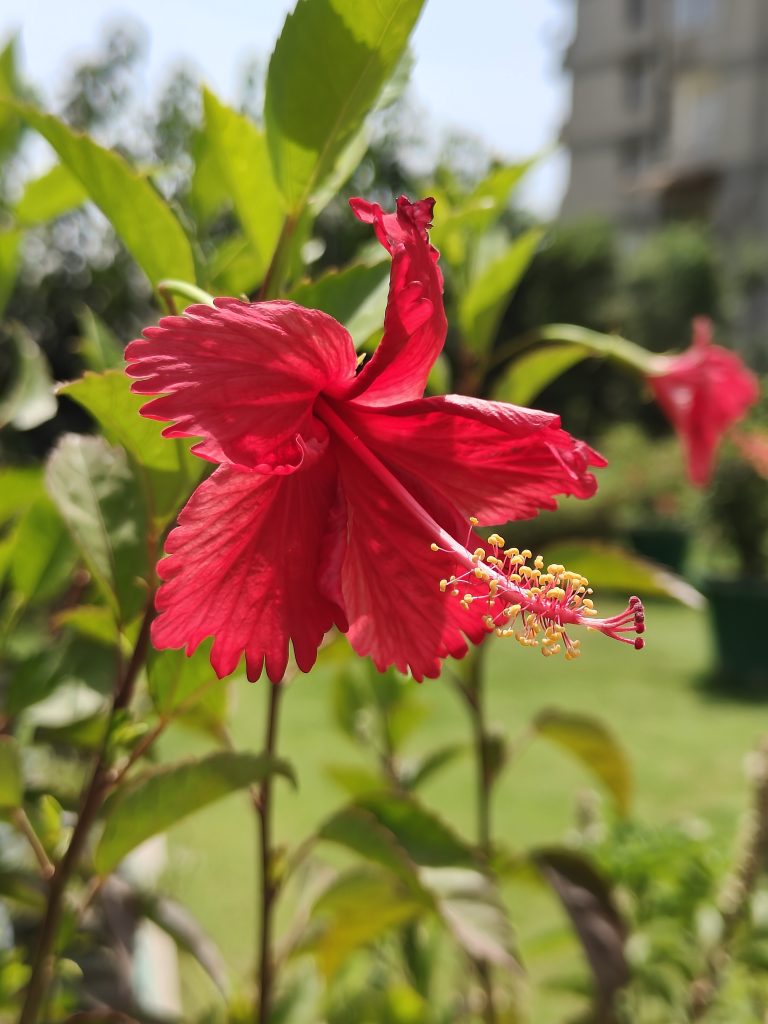
So, you’ll notice that the Pixel 7a doesn’t blotch colors to the same degree as the OnePlus 11R. The smartphone tackles HDR better too. The same is substantiated in the shot of the red flower wherein, the 11R has smeared the red color of the petals. What’s more, the smartphone has overexposed parts of the pistil too.

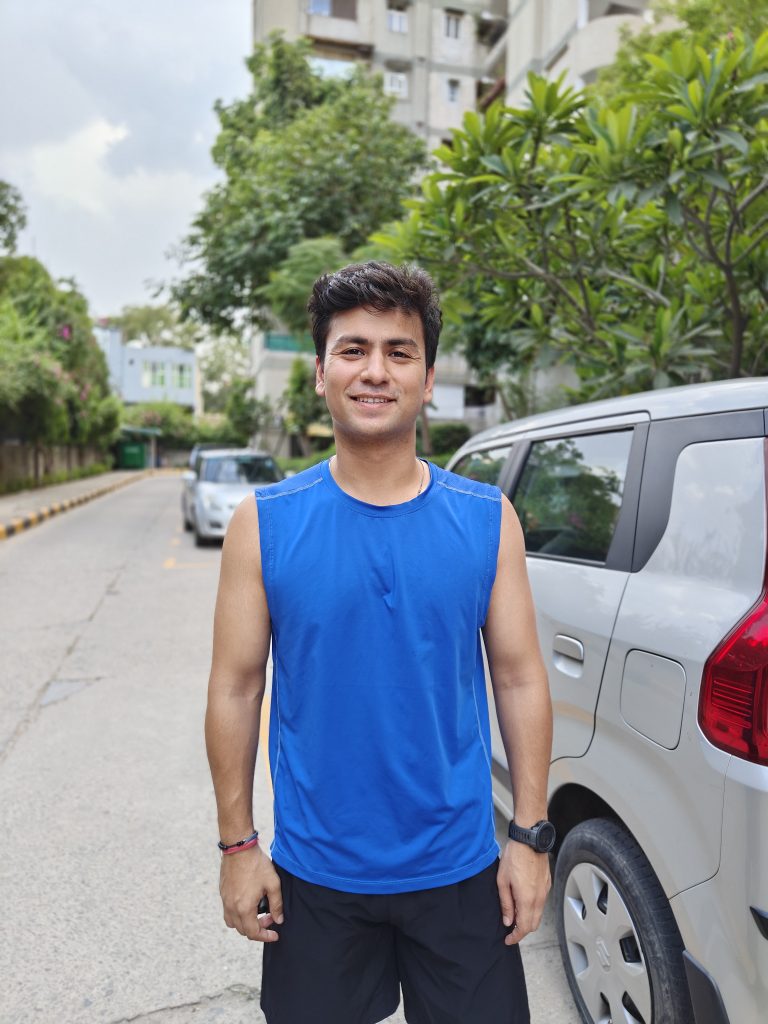
On the flip side, the 11R managed to click a sharper photo of my friend. In fact, the portrait image from the OnePlus 11R is in a league of its own and it captures much better details of the subject’s face. That said, the subject’s skin tones were more accurate in the 7a’s snap.

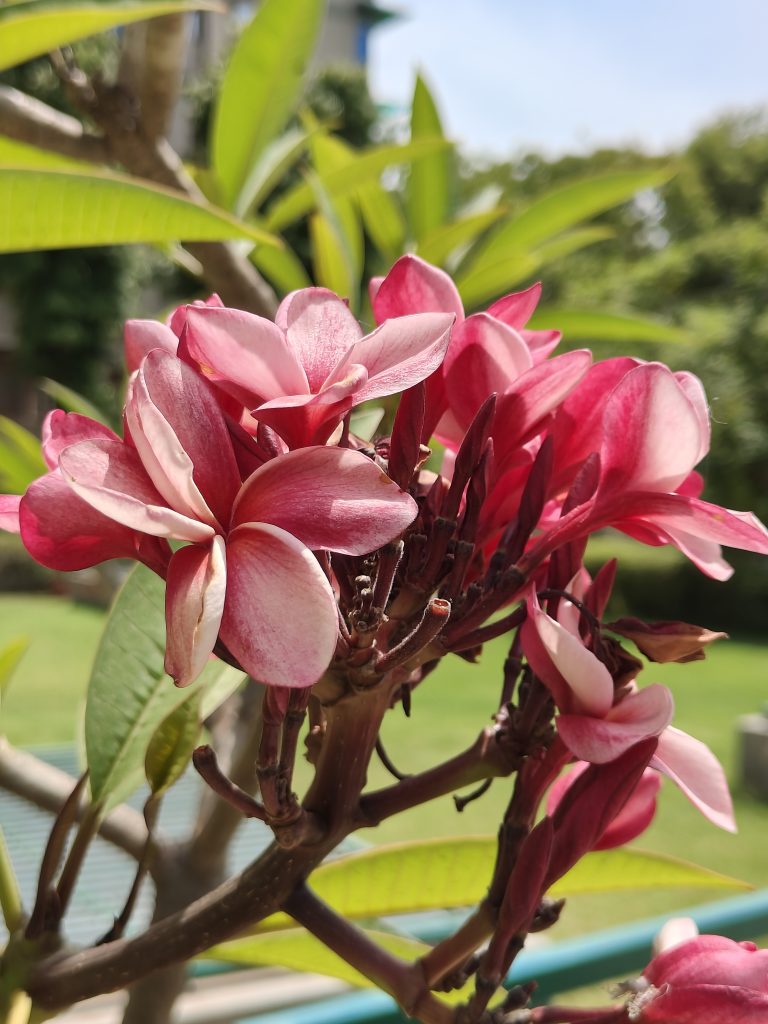
I’d also like to point out that the 11R and the 7a don’t get a dedicated telephoto sensor. That said, you can edge closer to the subject without compromising on the quality at 2x zoom levels. In fact, I snapped a lot of images with the phones at 2x zoom and I was pleasantly surprised with the results.
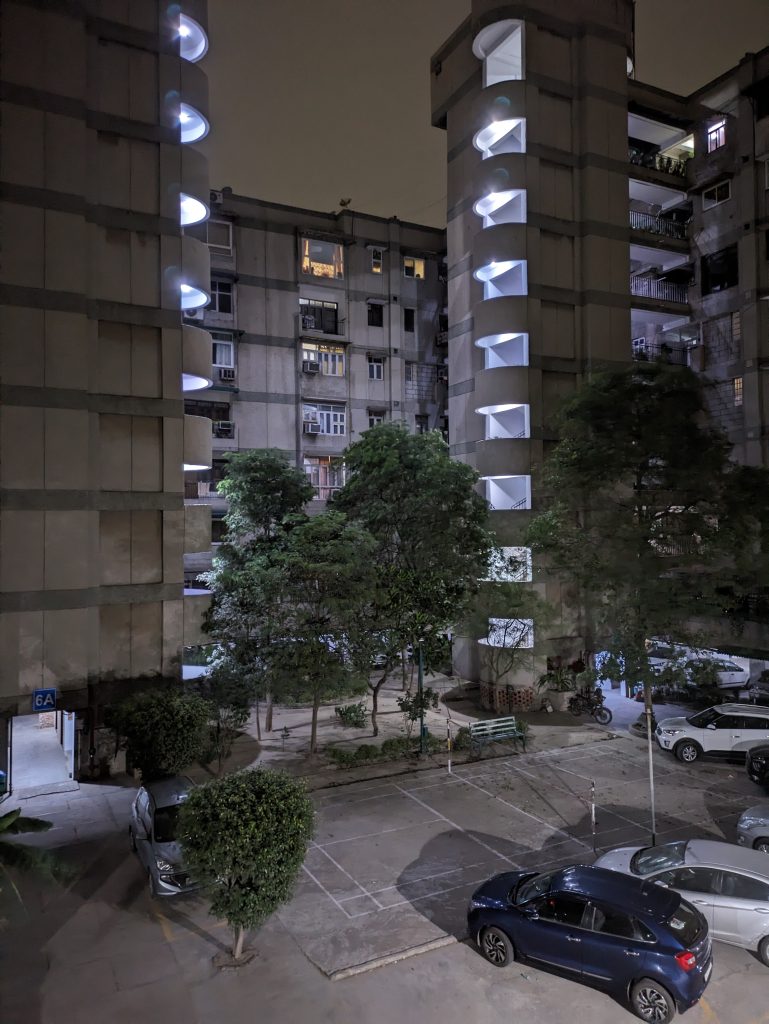

The OnePlus 11R takes the bout in lowlight scenarios too. If you look at the samples attached above then, at a closer crop, you’ll notice that the tree in the background as well as the bench near the badminton court appears more structured in 11R’s snap.


The Pixel 7a does take back the lead in the selfie department. While photos from the 11R’s front-facing camera appeared sharper, my skin tone appeared more natural and realistic in 7a’s snap.
All said and done, the Pixel 7a is a dependable camera phone that can hold its own against the competition. Be that as it may, there is some room for improvement and I hope the next iteration of Google’s Pixel A-series features a dedicated telephoto sensor.
Is the Google Pixel 7a Worth It?
The Pixel 7a comes in only one RAM and storage trim and is priced at $499 (Rs 43,999). For the price, the smartphone brings a capable camera setup to the mix. It even improves upon its predecessor and offers a 90Hz display.
Add to that, the device is quite durable, thanks in parts to its plastic back and IP67 rating. Needless to say, the Pixel 7a is a great mid-ranger, particularly for Western markets. So much so, I don’t see why anyone should splurge on the Pixel 7, which costs more albeit offers more or less the same experience.
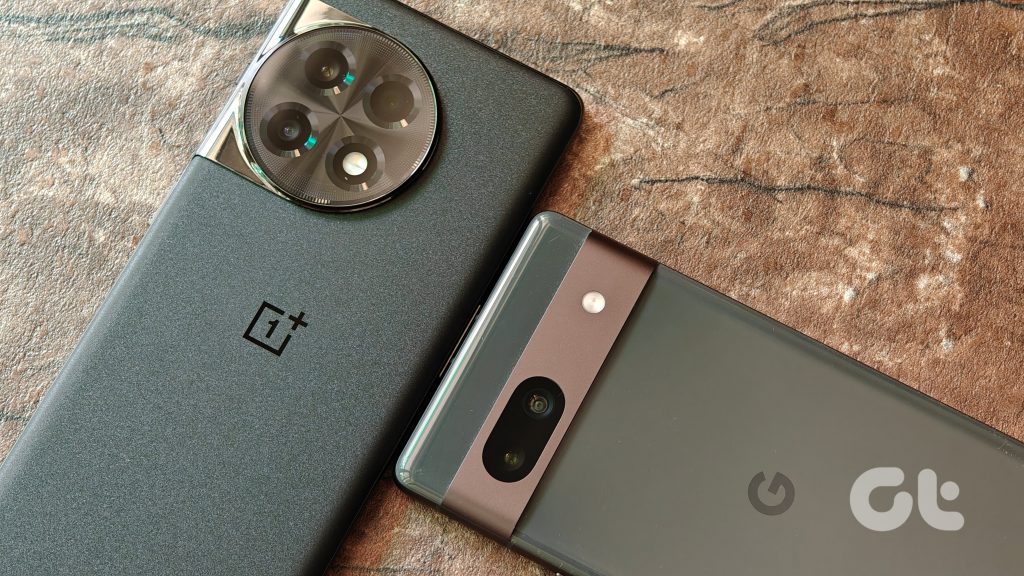
That said, buyers residing elsewhere will find no shortage of better-equipped Android smartphones. The OnePlus 11R, for instance, undercuts the Pixel 7a and despite that, has been outfitted with a more capable SoC. It also comes with a snappier display that refreshes at 120Hz. More importantly, the smartphone charges much, much quicker, thanks to its 100W adapter which is included with the retail packaging. Rest assured, Google needs to pull up its socks if it wants to compete with the likes of Motorola and OnePlus in other markets.




